
WHAT WORKS FOR WOMEN AT WORK
A WORKBOOK
JOAN C. WILLIAMS, RACHEL DEMPSEY, & MARINA MULTHAUP
What Works for Women at Work
A WORKBOOK
 NEW YORK UNIVERSITY PRESS New York
NEW YORK UNIVERSITY PRESS New York
NEW YORK UNIVERSITY PRESS
New York
www.nyupress.org
2017 by Joan C. Williams, Rachel Dempsey, and Marina Multhaup
All rights reserved

References to Internet websites (URLs) were accurate at the time of writing. Neither the author nor New York University Press is responsible for URLs that may have expired or changed since the manuscript was prepared.
ISBN: 978-1-4798-7266-4
For Library of Congress Cataloging-in-Publication data, please contact the Library of Congress.
New York University Press books are printed on acid-free paper, and their binding materials are chosen for strength and durability. We strive to use environmentally responsible suppliers and materials to the greatest extent possible in publishing our books.
Manufactured in the United States of America
10 9 8 7 6 5 4 3 2 1
Also available as an ebook
Joan dedicates this workbook to Sarah Goldhagen,
with thanks for all her help and support.
Contents
Introduction
Four Patterns Working Women Need to Know
Directions for How to Use This Workbook
This workbook was designed to be used in conjunction with What Works for Women at Work: Four Patterns Working Women Need to Know. For the women who read What Works, this workbook will help you put those ideas into action. Its the owners manual for your career.
If you are having a specific problem at work, look in the table of contents for the relevant section and work through it. You can first attack what feels most important to you, but working through the workbook section by section will give you the most comprehensive set of tools. Even if a section doesnt seem directly relevant to you, reading through it may help you head off some problems before they trip you up.
And dont forget to have fun!
* * *
Here are the four patterns women need to know:
1. Prove-It-Again!
2. The Tightrope
3. The Maternal Wall
4. The Tug of War
Prove-It-Again! Bias
Prove-It-Again! bias emerges from the cognitive disconnect between stereotypes of women and stereotypes of business professionals. Jobs like doctor, lawyer, scientist, and businessperson have all traditionally been dominated by men and are often seen to require masculine-typed characteristics like aggression, independence, and analytic ability. As a result, women may have a harder time demonstrating their competence than comparable men do and may be required to give more concrete examples before theyre seen as equally capable.
Diagnostic Quiz
Have you encountered Prove-It-Again! problems (check all that apply)?
___1. Have you ever realized you make less money than men at your level?
___2. Have you ever been told you need more experience for a promotion that was given to a man with the same amount of experience you have?
___3. Have people ever kept bringing up a mistake you made as a reason not to promote you, even if it was a one-time slipup that happened a while ago?
___4. Have people ever attributed your professional successes to luck?
___5. Have you ever been reprimanded for breaking a small rule that men break all the time with no consequences?
___6. Have you ever been penalized for failing to meet an objective standard that is rarely or never applied to others?
___7. Have you ever been criticized for gossiping, when you were discussing a business problem?
If you checked yes for any of these, youve had Prove-It-Again! problems.
Walking the Tightrope
Remember those stereotypes of business professionalsof doctors, programmers, lawyers, and CEOs? Those stereotypes not only are male, but the roles also are seen as requiring masculine-type qualities like ambition, independence, and analytic or technical ability.
So women need to behave in masculine ways in order to be seen as competent, but women are also expected to be feminineand women who arent are often seen as unlikable. Thats why women often find themselves walking a Tightrope between being seen as too masculine to be likable and too feminine to be competent.
Tightrope problems are divided into problems that stem from the perception that women are too feminine, which undermines womens perceived competence, and too masculine, which gives rise to criticisms of womens personality: that they have sharp elbows or are outspoken or are prima donnas or not team players.
For example, a study of performance evaluations in tech (a heavily male industry where masculine qualities are seen as important) found that only 59 percent of mens reviews, but 88 percent of womens reviews, contained critical feedback. Even more important, 1 percent of mens reviews contained negative personality criticism, versus an astonishing 66 percent of womens reviews.
Alas, the same woman can run into both comments that she is too feminine and that she is too masculine. This is particularly true of Asian American women, who find that the space they have to navigate between being seen as too masculine and too feminine is even narrower than for other women. In the highly publicized trial of Ellen Pao, in which she accused her venture capital firm of gender bias against women, the evidence
Diagnostic Quiz
Have you ever encountered Tightrope problems (check all that apply)?
Too Feminine Problems
___1. Have people told you that you come across as too quiet or too self-deprecating or that you lack executive presence?
___2. Have you ever been in a meeting full of men and found it hard to get a word in edgewise or had people talk right over you?
___3. Have you ever felt pressure to play a traditionally feminine roleto be the office mom who takes care of everyone else, the dutiful daughter who aligns with a powerful man but never threatens him, or the cheerleader who cheers on the men?
___4. Have you ever felt pressure to do the office houseworkplanning parties, taking notes at a meeting, or finding a time everyone can meet, or doing undervalued work while men are given more access to glamour work?
Too Masculine Problems
___1. Have people told you that you come across as aggressive or demanding or that you have sharp elbows or are not a team player?
___2. Have you ever been criticized for self-promotion in contexts where you were just doing what the men do 24/7, or told you need to step back to let others shine?
___3. Have you ever gotten angry and been criticized for losing your cool, when the men around you show anger without meeting similar criticism?
If you checked yes for any of these, youve had Tightrope problems.
Maternal Wall
You can have Maternal Wall problems whether or not you have children, but these difficulties show up very differently depending on whether or not you are a mom.
Every Day Is Mothers Day (Not)
You leave for maternity a star and return to find youre treated like a drone. Alas, its all too common. Having children often triggers very strong negative assumptions that women are no longer committed or even competent. One study found that mothers were nearly 80 percent less likely to be hired, only half as likely to be promoted, and offered an average of $11,000 less in salary than
Next page
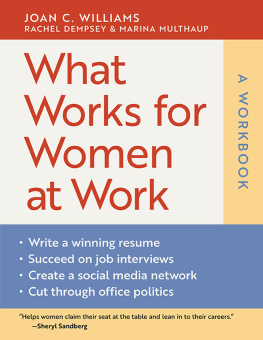
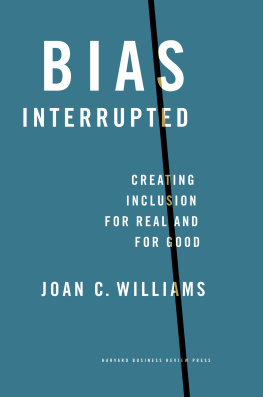
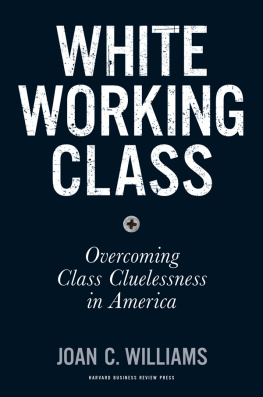
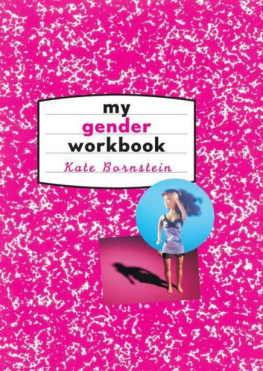


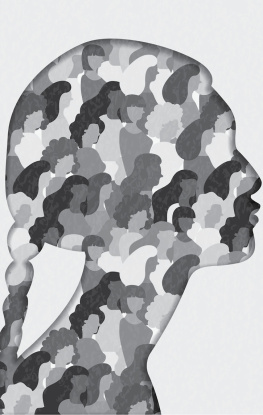
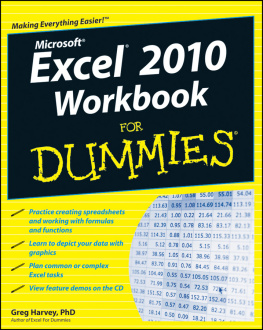


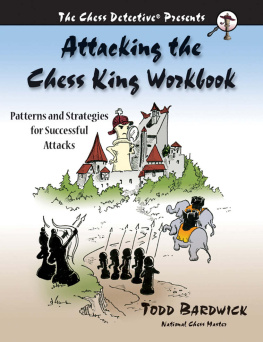
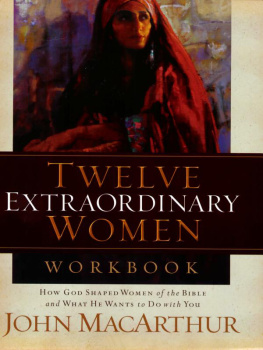


 NEW YORK UNIVERSITY PRESS New York
NEW YORK UNIVERSITY PRESS New York